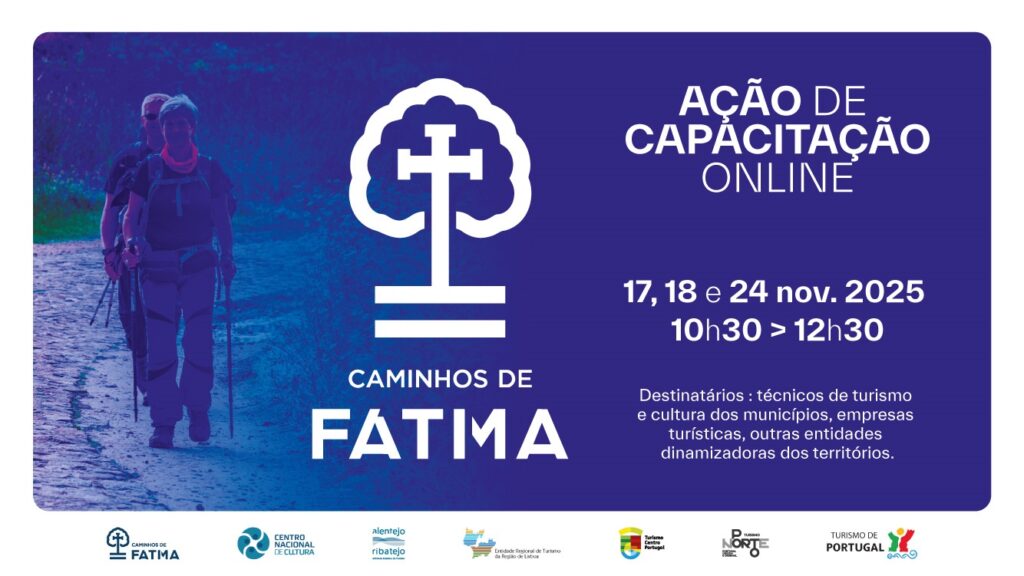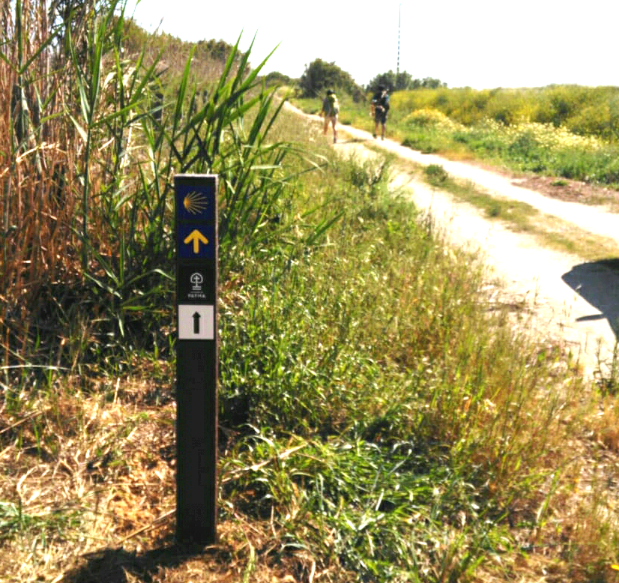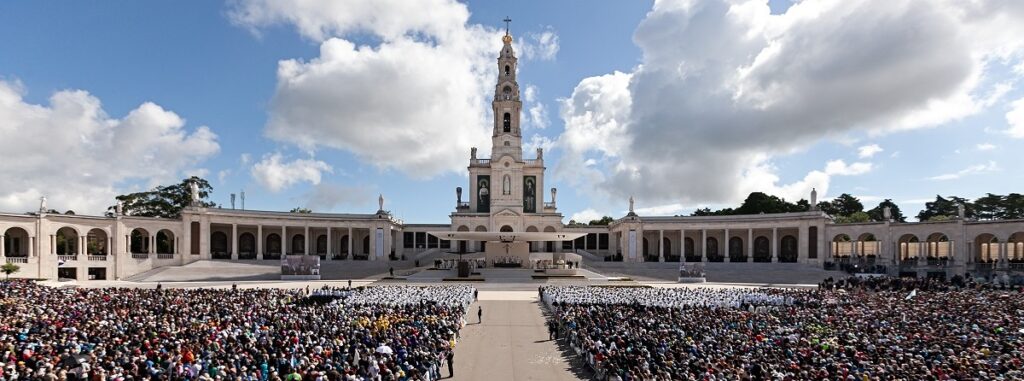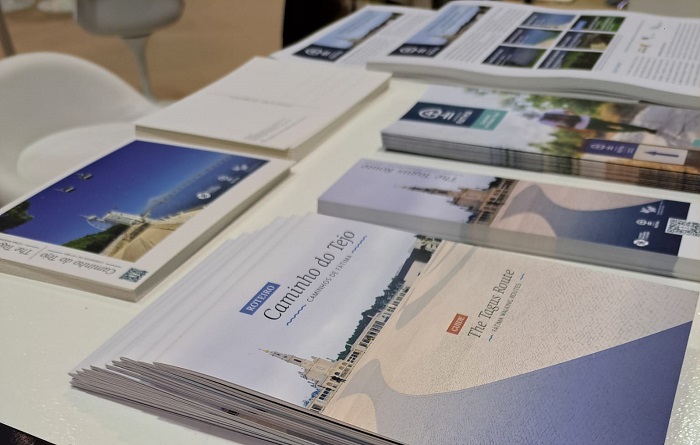Rector of the Sanctuary of Fatima highlights the “symbolism” of the Carmelite Route
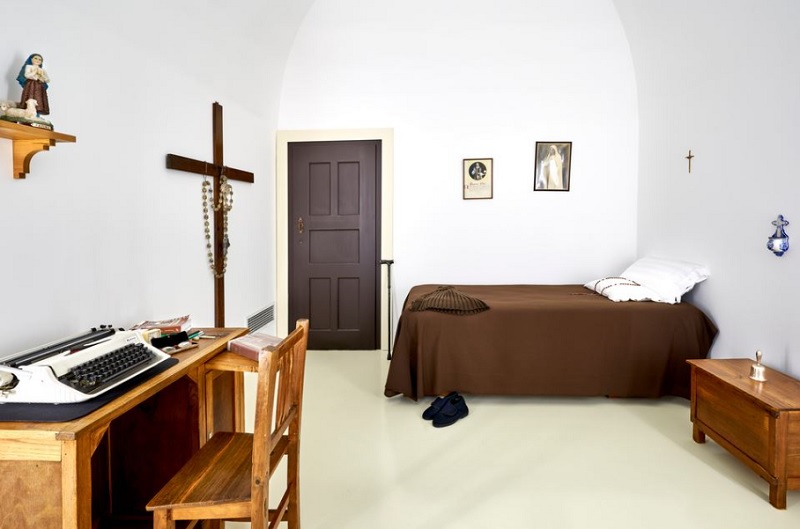
The rector of the Sanctuary of Fatima, Carlos Cabecinhas, today emphasised the “symbolism” of the Carmelite Route, which starts from the place where Sister Lucia lived, in Coimbra.
“This Carmelite route has been worked on and studied for some time. Obviously, it is particularly symbolic, as it starts from the residence of Sister Lucia – the most important of the Fatima seers – to reach the Sanctuary of Fatima and marks the effort that has been made to mark the pilgrims’ routes to Fatima. In this specific case, it has this special symbolism,” Carlos Cabecinhas told Lusa on the sidelines of the Theological-Pastoral Symposium, which began today and will debate “Fatima Today: which roads?” until Sunday.
For the rector of the Sanctuary of Fatima, there has been an effort “over the last few years” to mark the paths of Fatima.
“I remember the contribution of the National Centre for Culture, which marked out various routes and which is beginning to be consecrated precisely with this establishment of a series of routes, duly structured and signposted, with the conditions for pilgrims to reach the Shrine of Fatima,” he recalled.
The Carmelite Route is based on a route mostly through nature and away from national roads: “It seeks to avoid the major motorways”.
“It is precisely an effort that has been made to create safe conditions for pilgrims on their way to Fatima. Pilgrimage is a living phenomenon and so conditions need to be created in accordance with the routes sought by the pilgrims themselves,” he emphasised.
The Carmelite Route will connect the Carmel of Santa Teresa, the place in Coimbra where Sister Lucia lived, to Fatima, on a 111 kilometre route mostly through nature and away from national roads.
The project, which involved an investment of 200,000 euros, passes through the municipalities of Coimbra, Condeixa-a-Nova, Penela, Ansião, Alvaiázere and Ourém, combining spirituality with an invitation to discover the region’s scenic, natural and cultural heritage.
Regarding the symposium, Carlos Cabecinhas hopes that after the three days of discussion, a “mature, profound and multidisciplinary reflection on this living phenomenon of pilgrimage” will emerge.
“We often have the perception that [pilgrimage] is a marginal phenomenon, but it is a profoundly living one and in Fatima we feel it as such. So what I hope will come out of it is a reflection that will help us look at the phenomenon of pilgrimage with different eyes and try to understand it better in order to respond better to the desires of those who visit us,” added the rector.
During the opening session, Cardinal António Marto, Bishop of Leiria-Fatima, said that the “pilgrimage to Fatima has unique particularities that are imprinted on it by the content of the message in its mystical and prophetic dimension, by some characteristic symbolic aspects”.
For example, “the image of the Pilgrim Virgin has already been around the world 16 times and travelled 645,000 kilometres, which is significant”.
“It’s a phenomenon. It’s not a marketing thing, it’s a natural phenomenon, it happens by itself and has become a true icon of what pilgrimage is,” emphasised Marto.
Carlos Cabecinhas told Lusa that “Fátima is undoubtedly a phenomenon and, in the Portuguese context, it has unique characteristics that oblige it to have unique responses to the enormous demand from pilgrims who arrive in the most diverse ways”.
“José Tolentino Mendonça used to say that the dividing line between tourist and pilgrim is very thin and we see it every day in Fatima. It’s not easy to say: this one is a pilgrim and that one is a tourist, because often the pilgrim assumes the attitude of a tourist and the tourist assumes the attitude of a pilgrim by taking part in the celebrations of the Sanctuary itself.”
